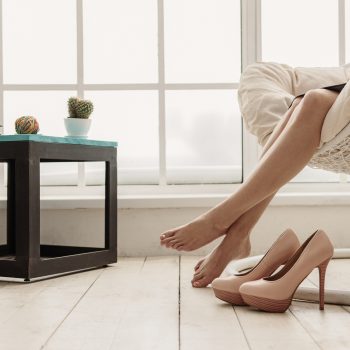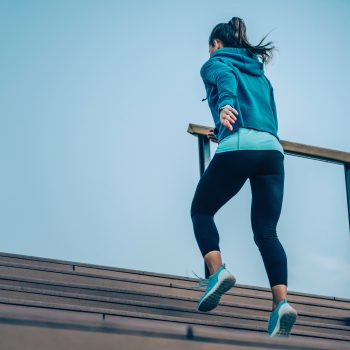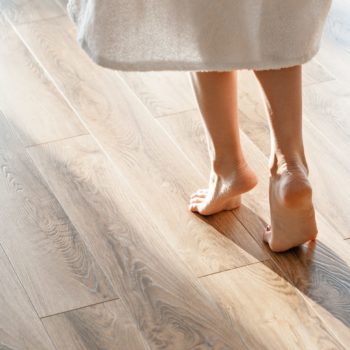Avoid friction between the bone and the surrounding soft tissue, such as muscles and ligaments. This is what sacks do, small bags with synovial fluid that lubricates and softens bone movement. The sacks are located close to the joints, from the hip to the knee, as well as other locations, for example at the heel. It is the retrocalcaneal sack that, like all other sacks, can become inflamed. In this case we speak of retrocalcaneal bursitis, “a very annoying condition because it restricts the use of certain footwear and one that may require surgery under certain conditions”, recalls Dr. Leonardo Maradei, Head of Foot and Minimally-invasive Surgery at Humanitas.
The clinical examination by the specialist and the instrumental examinations will define the framework of the condition. Bursitis is often associated with Achilles tendonopathy. There are two sacks: the retrocalcaneal sack located at the point where the Achilles tendon fits on the heel (sub-tendon) and the other is positioned behind the heel (subcutaneous). Often – continues the specialist – bursitis arises in patients with protruding calcaneus conformation and with insertional calcineal tendinopathy of the Achilles tendon, with the tendon undergoing degeneration”.
Bursitis and joint abuse
Factors that may contribute to retrocalcaneal bursitis also include ankle overuse, which is excessive long-term joint use that can cause irritation and inflammation of the fluid sack. For example, athletic activities such as running or jumping, as well as very intense form of sports activity can contribute to sack inflammation.
By running or jumping, but also simply walking, you feel pain. The heel will appear reddened and swollen, and soft to the touch. In these cases it is advisable to stop sports activities and consult the specialist to define an appropriate treatment in the first instance. It will also be necessary to suspend those painful activities until further advised.
From stretching to surgery
The initial treatment also includes prescription of anti-inflammatory drugs, application of physical therapies, physiotherapy composed mainly of stretching of the Achilles tendon and the use of footwear with adequate support for the heel to relieve stress. Local corticosteroid injections can help but only if they are performed in a non-solid manner because injected substances can weaken the skin and lead to ulceration,” says Dr. Maradei.
The last therapeutic option is surgical: “The surgery is aimed at removing the inflamed sack. When the sack is inflamed in a chronic way, it can also be associated with the formation of a calcareous spur, a bone protuberance that develops in the back of the heel and mechanically “annoys” the sack, thus inflaming it “, concludes Dr. Maradei.








